Study and comparison of four continuous reactors from two different experiments:
Monitor the dispersion (NaCl) in water for determination residence time
The saponification of ethyl acetate by soda
GENERAL SPECIFICATIONS
- Two diaphragm pumps, variable flow rate.
- Two glass vessels for constant feed by overflow.
- Variable rate Stirrer, SS stirring shaft with SS four blades helix.
- 3 stirred glass reactors, pipe overflow, conductivity and temperature, drain valve and tracing injection.
– Perfectly stirred reaction vessel
– Perfectly stirred cascade vessels
- 2 plug glass reactors, conductivity and temperature measurement and tracer injection.
– 1 reactor coil, empty.
– 1 reactor piston, packed.
Instrumentation
- 2 flowmeters.
- 2 conductivity probes.
- 2 temperature probes Pt100Ω.
Dim : 175 x 70 x 235 cm – 150 kg
SS framework 40 x 40mm
The chemical reactors
Chemical engineering refers especially to chemical reaction engineering.
Indeed, chemical reactions, catalyzed or not, are at the heart of all industrial syntheses.
Study of a chemical reaction, in a perfectly-stirred reactor, permits the operator to understand
the influence of the different parameters in the optimization of the chemical synthesis with a view to its industrialization.
Residence time distribution (RTD)
Monitoring the tracer concentration over time gives a RTD graph for a reactor.
This method is used to:
– characterize flow in a continuous reactor.
– determine the mean residence time.
– check whether the reactor corresponds to the model.
– check that there are no short-circuits or blind spots.
Conversion rate
Consider a chemical reaction: A + B -> C + D.
The conversion rate X is defined relative to a reagent which disappears, e.g. XA.
The conversion rate defines the quantity of product consumed at a time t.
In a closed system it is defined by: nA = na0 (1-XA)
Comparison of four different reactors with the same volume
One perfectly stirred reactor
A cascade of two perfectly stirred reactors
One plug-flow reactor
One tubular reactor
Hydrodynamic study of the reactors by the residence time distribution method
Determine residence times
Compare theoretical and experimental results
Determine the chemical conversion rate by conductivity measurement
Materials balance, reaction yield
Compare the efficiency of the different reactors

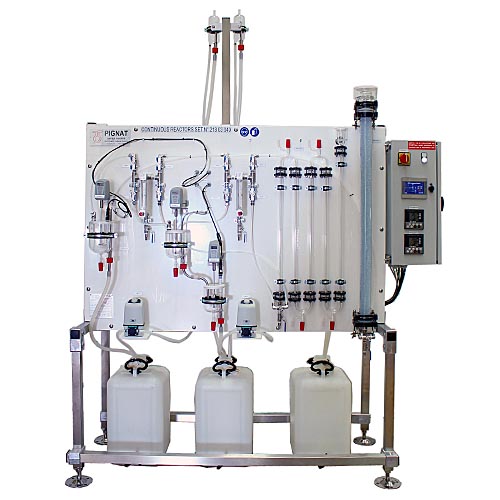
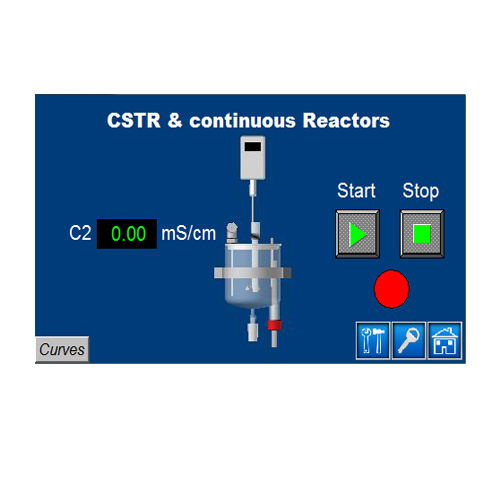
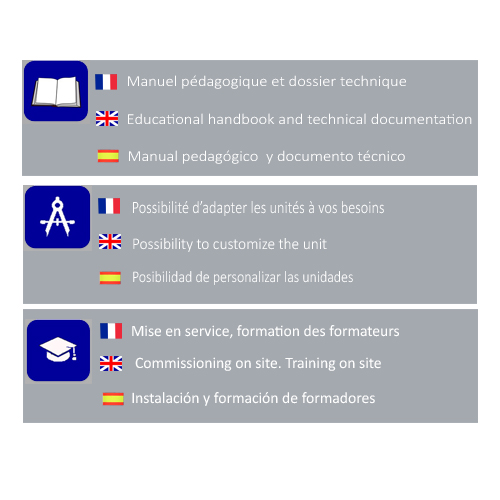
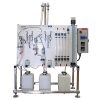


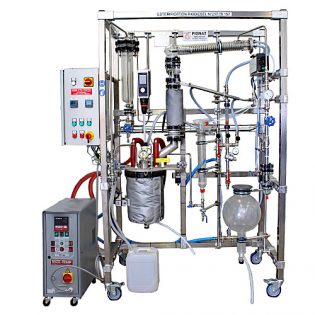
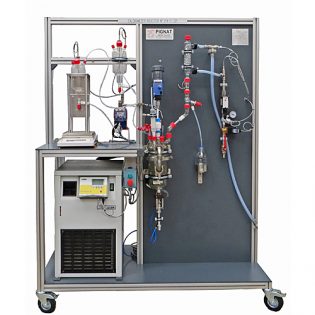
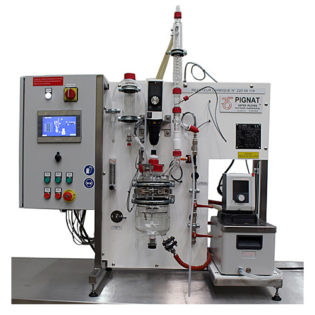
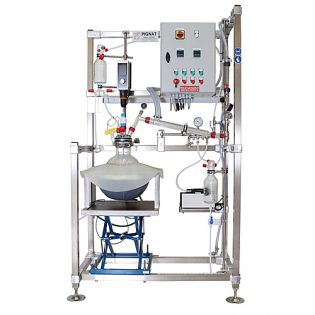
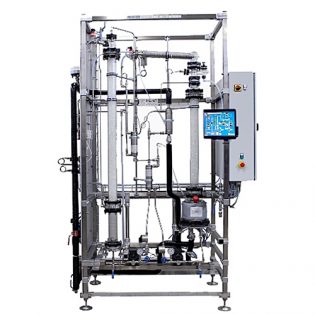
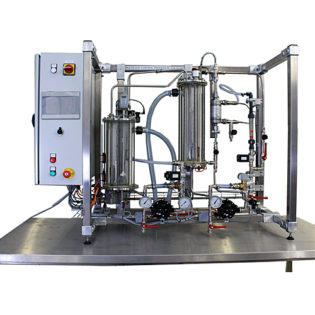
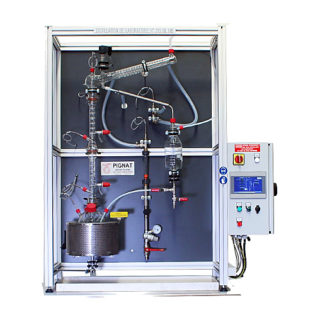
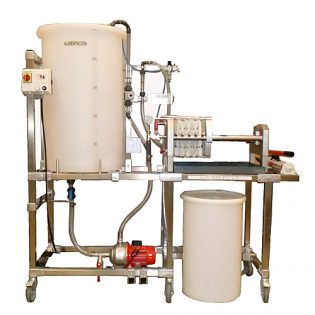
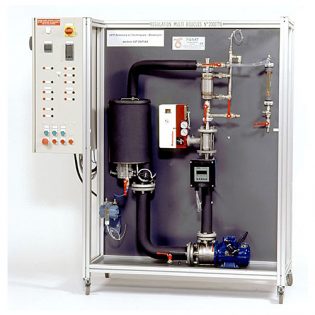
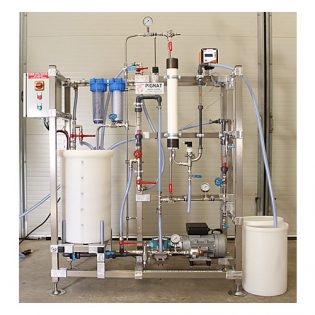
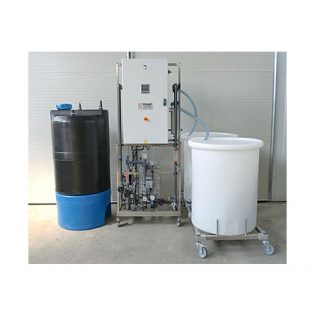
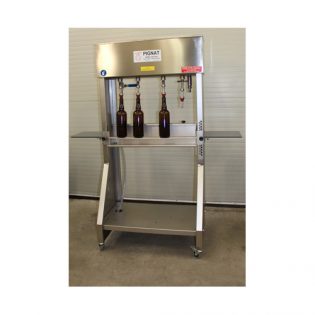
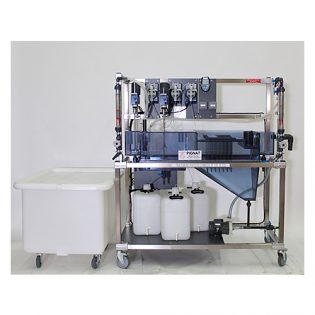
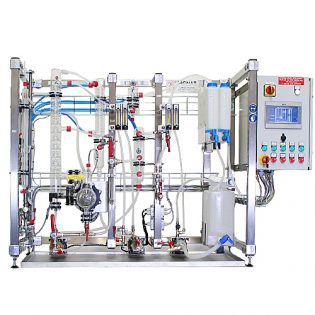
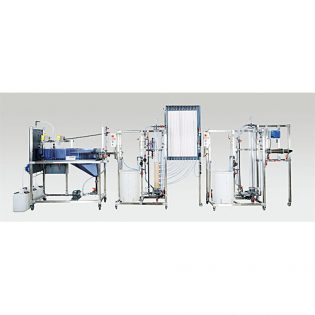
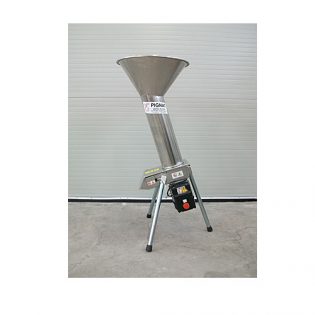
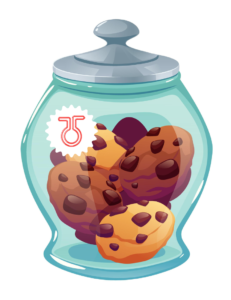 PIGNAT et ses partenaires utilisent des Cookies strictement nécessaires, de navigation et marketing et publicitaires. Pour plus d'informations, consultez notre “politique de cookies". Acceptez le dépôt de tous nos cookies en cliquant sur "J'accepte" ou sélectionnez les catégories de cookies déposés en cliquant sur "Voir les préférences” sinon refusez nos cookies non strictement nécessaire en cliquant sur "Je refuse”.
PIGNAT et ses partenaires utilisent des Cookies strictement nécessaires, de navigation et marketing et publicitaires. Pour plus d'informations, consultez notre “politique de cookies". Acceptez le dépôt de tous nos cookies en cliquant sur "J'accepte" ou sélectionnez les catégories de cookies déposés en cliquant sur "Voir les préférences” sinon refusez nos cookies non strictement nécessaire en cliquant sur "Je refuse”.